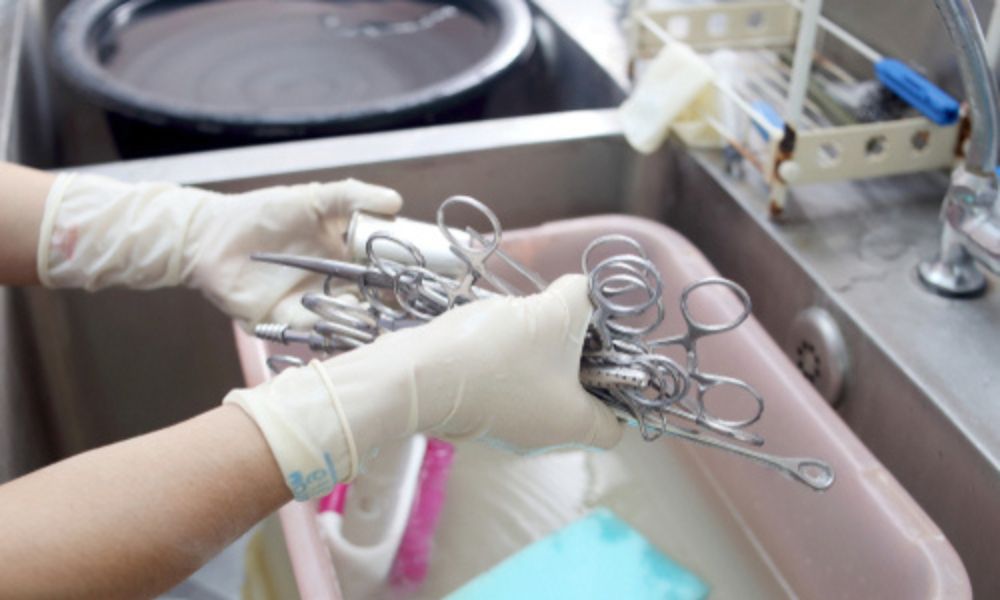For those in the medical manufacturing industry, the importance of medical device cleaning validation is clear. It is an essential aspect of ensuring your devices are safe and free from harmful microorganisms prior to clinical use in the field, whether they are single-use or reusable devices. The process of cleaning validation involves various methods, and some are more widely accepted by regulatory bodies around the world than others. As such, it can be confusing to determine which one is best for your device. We will discuss the basics of different cleaning validation methods that you can use to ensure your devices are clean and safe for use.
Analytical Testing Method
The analytical testing method is a direct approach that determines the cleanliness of a medical device. It involves soiling, processing, and analyzing the residue present on the device after cleaning. This involves several different techniques. For example, high-performance liquid chromatography, gas chromatography, spectrophotometer measurements, and assay kits can be used to detect the presence of unwanted residue. Once you identify the presence of the residue, quantitative analysis helps pinpoint the amount of it left on a device. The type of method you use will also depend on the soil and the analyte chosen for analysis. You can measure specific analytes, such as total organic carbon (TOC), hemoglobin, or protein, among others.
Spore Log Reduction Method
The spore log reduction method, on the other hand, is an indirect approach that involves using live microorganisms (spores) to determine the effectiveness of the cleaning process. During the process, testing professionals place a known amount of spore bacteria in the soil instead of an analyte, then soil the medical device, dry it, and subject it to its cleaning procedure. After cleaning, the spores left on the device are counted, and the reduction in spores is recorded. This method is commonly used to determine the effectiveness of cleaning in many parts of the world outside of the US.
Visual Inspection Method
The visual inspection method is a routine monitoring technique for medical devices. This process involves visually inspecting the medical device after cleaning to detect any visible soil left on the device after cleaning. Although this is not a quantitative or definitive approach, it can provide quick feedback on the efficacy of the cleaning process.
Swabbing Method
The swabbing method uses sterile cotton swabs to sample different areas of the medical device after cleaning. The testing team then analyzes the swabs for the presence of any soil left on the device. This strategy is very effective at validating how well a process cleans hard-to-reach areas of the medical device.
Effective cleaning validation is essential for medical device manufacturers to ensure their devices are safe and free from harmful contaminants. HIGHPOWER often combines several different validation methods when testing a device. The different cleaning validation methods discussed serve varying purposes, and manufacturers should choose the most appropriate approach based on their device and cleaning process. As an ISO 17025 accredited laboratory, HIGHPOWER can provide full-service support to medical device manufacturers seeking to meet medical device cleaning standards. We will be your support system throughout each phase of device design, validation, and regulatory approval.
